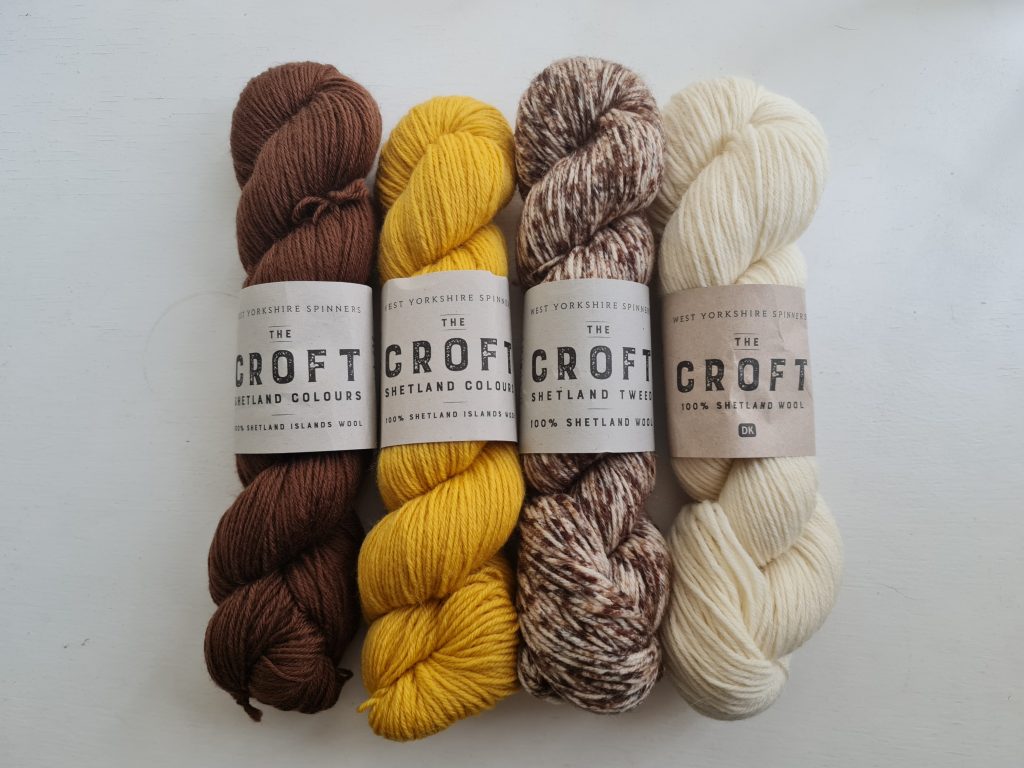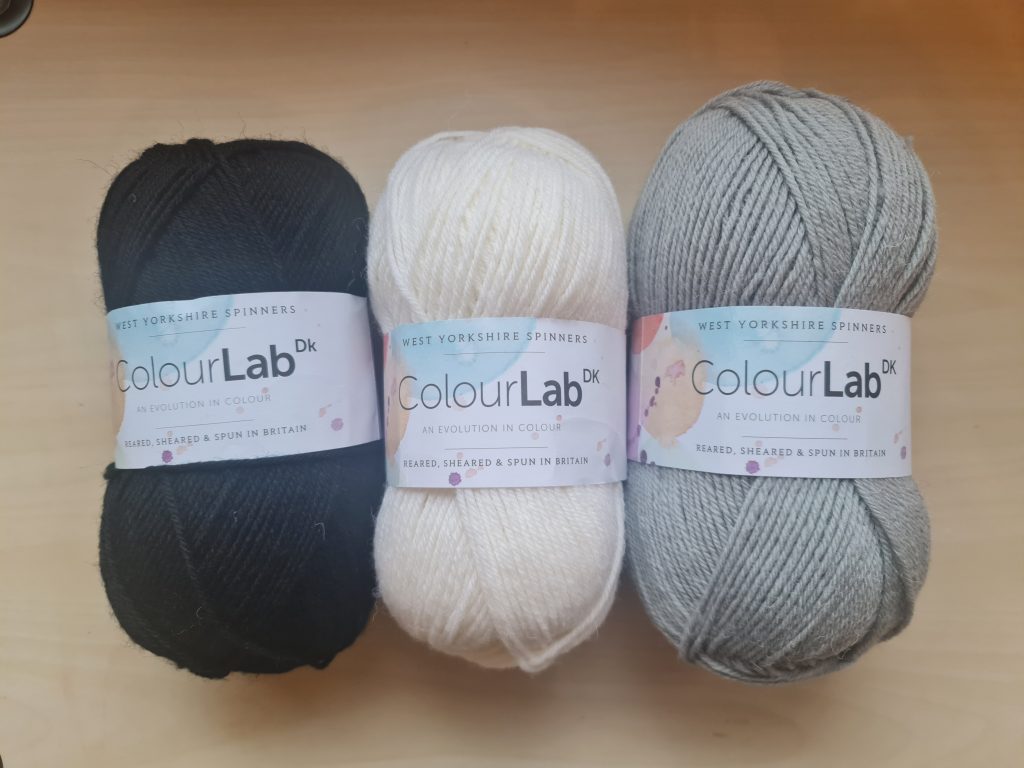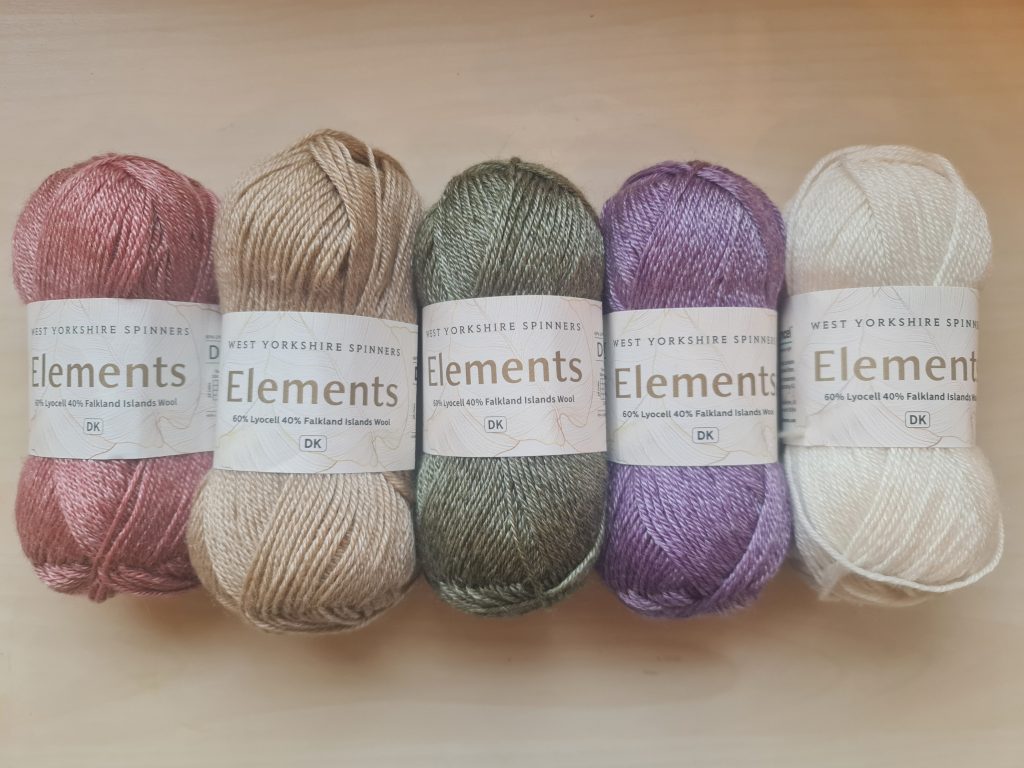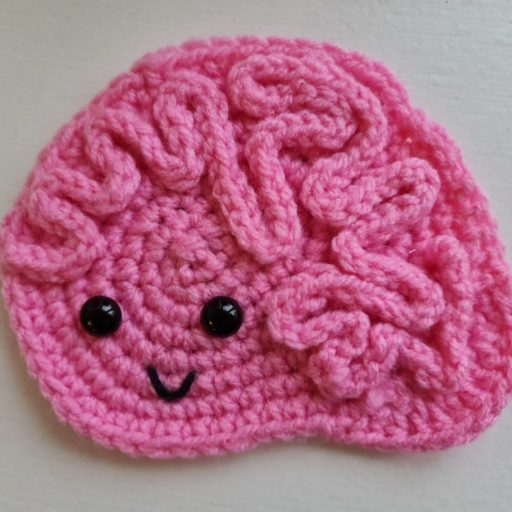I wanted to make Mi_Crochet lab using the most sustainable materials that are within my budget, and that fit with my working practices. One of these practices is to remain transparent about the production of materials placed on my blog and social media. I have produced an overview of the materials used, the reasoning behind my choices and the costs associated with building Mi_Crochet Lab so far. The list will be updated as new materials are introduced.
I opted to use wool to make the crocheted items and avoid using non-renewable materials such as nylon / acrylic in the project where possible. I considered using cotton as my source material, however the properties of the material would not have fitted with the design I was hoping to achieve, so this was discounted.
There were two main criteria used when choosing a wool supplier: proximity to me (hence reducing the carbon footprint associated with transport), and transparency around the wool production process itself. There are quite a few wool supplies who have fantastic ethical and environmental credentials, but who are located a significant distance from me.
One example is Malabrigo – who produce amazing wools but are in South America and I felt this was a lot of air miles for my few balls of wool to travel. I wanted a supplier from the UK who provided information on the source of their wool and the processes they used. After conducting a lot of research, I opted to use three different wools produced by the manufacturer West Yorkshire Spinners (WYS). WYS fulfilled both the criteria of location and transparency that I had hoped to achieve for my yarn. WYS use British fleeces, and as their website states:
“From carding and combing to spinning and dyeing, the majority of our processes are carried out within a 20-mile radius of our in-house facilities in Keighley, Yorkshire. This substantially reduces our carbon footprint and guarantees our customers can craft with a clean conscience”
From <https://www.wyspinners.com/our-story>
Have a read of their sustainability ethos here.
The three wool collections I chose to use for the project are The Croft DK, Colour Lab DK, and Elements DK. I had a range of specific wool colours that I needed for the project – brown, yellow, black, grey, white and cream. I also needed some extra wool colours for items that didn’t need to be specific, but I wanted to buy as few as possible to keep my budget low. This is where I needed to compromise the most because I only had a small budget and needed to reuse colours for different items.
For instance, I purchased a fantastic speckled brown and white colour of The Croft DK (Burrastow 812). I have reused this colour in Science Bee, as a piece of bread, and as a bottle of cloudy vinegar. If I had a free choice, I would have used three different colours for these pieces. However, sticking to a budget and my sustainability goals meant that I had less choice of colours. Hence, the colour palette of the whole project is narrow, but I have made great use of my limited resources, and it was fun trying to be creative by designing items based on my available wool colours, rather than the other way around.
Elements DK is a new material for me – and is a blend of 40 % wool and 60 % Lyocell (harvested from sustainably managed wood sources, which are biodegradable and fully compostable). So, here I did use semi-synthetic fibres in the project. Lyocell is made from recycled wood pulp, so it a renewable material that has been heavily processed, hence it is classed as semi-synthetic. The Lyocell used by WYS is Tencel TM, a fully certified brand of lyocell that has a transparent and robust sustainability statement, so I was happy to include Elements DK in the project.
Here is the full list of materials used in the project:

West Yorkshire Spinners – The Croft Shetland Colours DK – Burnside (690) – 100g
West Yorkshire Spinners – The Croft Shetland Colours DK – Harkland (226) – 100g
West Yorkshire Spinners – The Croft Shetland Colours DK – Langa (010) – 100g
West Yorkshire Spinners – The Croft Shetland Tweed DK – Burrastow (812) – 100g

West Yorkshire Spinners – Colour Lab DK – Silver Grey (137) – 100g
West Yorkshire Spinners – Colour Lab DK – Phantom Black (099) – 100g
West Yorkshire Spinners – Colour Lab DK – Arctic White (011) – 100g
West Yorkshire Spinners – Colour Lab DK – Future Dreams (1197) – 100g

West Yorkshire Spinners – Elements – Oyster Pearl (1098) – 50g
West Yorkshire Spinners – Elements – Golden Sands (1099) – 50g
West Yorkshire Spinners – Elements – Cherry Blossom (1105) – 50g
West Yorkshire Spinners – Elements – French Lavender (1144) – 50g
West Yorkshire Spinners – Elements – Olive Grove (1142) – 50g
West Yorkshire Spinners – Elements – Summer Haze (1107) – 50g
West Yorkshire Spinners – Elements – Cool Aloe (1102) – 50g
West Yorkshire Spinners – Elements – Fresh Water (1106) – 50g
West Yorkshire Spinners – Elements – Watermelon (1145) – 50g
Mi_Crochet Lab Sundries:
- Hobbycraft – Soft Toy Filling
- Hobbycraft – Black Toy Safety Eyes 6 Pack
- Tenn Well – Aluminium Craft Wire 9 Gauge
Mi_Crochet Lab Furniture & Structural Materials:
